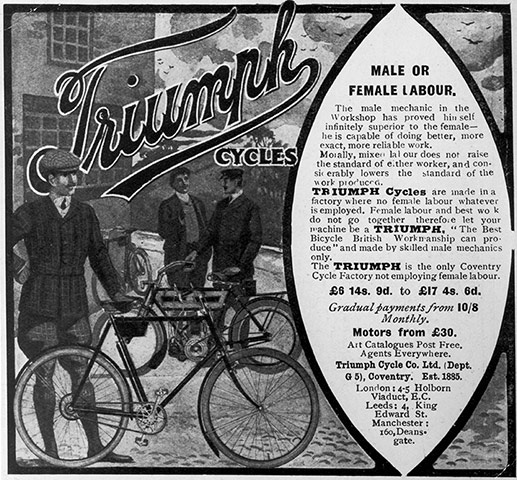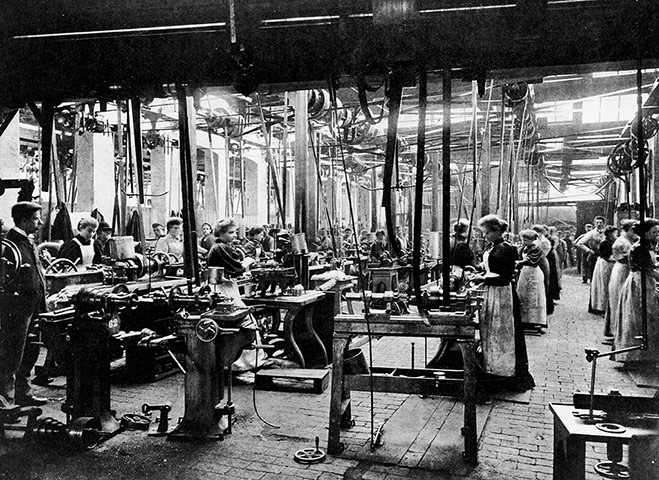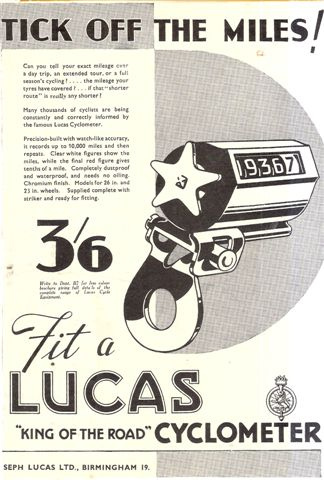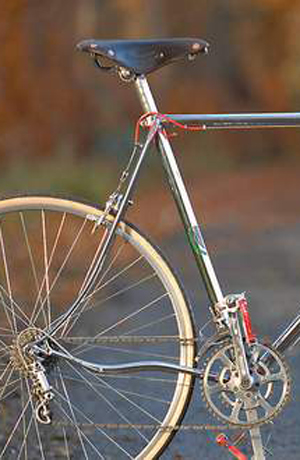Vintage Bikes
 Tue, January 22, 2013
Tue, January 22, 2013 I was recently sent a link to this interesting video. (Above) It features a vintage bicycle event held annually in Tuscany, Italy. It is much like other similar events held in various parts of the world, one of the most popular in the US being Le Cirque du Cyclisme held in Leesburg, Virginia, May 17-19, this year.
A vintage bicycle is usually considered to be one from the mid 1980s or before. It occurred to me watching this video that the 1980s will probably be the last era of collectable bicycles.
It is the cutoff date where bicycles stopped being hand brazed lugged steel, with the same 1 1/8 inch diameter seat and down tubes, and level (Horizontal.) 1 inch top tubes. A standard that was set in the late 1800s early 1900s. It is the end of an era when bicycle frames bore the name of an individual craftsman that either built the frame or at least one time built the frame.
Bicycles are now made by corporations like most other products, Trek, Cannondale, and a whole host of others, some that have emerged in the last twenty years or so. I cannot see bicycles built today being collected in the future, not in large numbers anyway; anymore than I can see modern cars being collected.
The event in the video, l’Eroica, attracted over 3,000 participants, a large number; but when you consider that there were millions of bicycles built in Europe alone between say the 1950s and 1980s 3,000 then seems quite small.
I am finding this is holding true with my own Bicycle Registry. From 1984 to 1993 I built somewhere slightly under 3,000 Fuso frames. On my registry I can only account for a hundred or so of them. My registry has 163 members total at the time of writing this. Again small by comparison against the amount I produced over the years.
In order for a bicycle, bicycle frame or any other product for that matter to become collectable, it has to show that it will last a long time. Frames I built over thirty years ago are still being ridden today; it is safe to assume that they can safely be ridden for at least 50 years, or longer depending on how often it is used.
It is not unusual to discover a bicycle that has been sitting in a garage or basement for twenty years and is in mint condition, having had little or no use. In 2007 I bought a Recherché frame that I built in 1985; it was “New Old Stock,” (NOS) having been hanging in a bike store for 21 years. Its age is now 28, but it has had under 6 years of use.
I feel extremely fortunate to have had a career during this 1980s period, and was a part of the ending of an era. There are still new framebuilders out there, spurred on by events like the North American Handbuilt Bicycle Show. (NAHBS)
A few of their frames may be collected in the future, if only for the quality and the rarity, but in general in order for something to be collectable it has to have a number of collectors interested in the same item, if only for the reason of buying and selling the item.
Collecting vintage bicycles can be fun. It is far less costly than collecting vintage cars, and requires a lot less space. Because of the economy, it is a buyer’s market right now, and vintage bikes across the board are at an all time low.
Besides owning something of beauty, collectors are preserving something for future generations. They may also get the added pleasure of meeting other like minded people and attending events like l’Erocia or Le Cirque du Cyclisme.
I suggest you view the video in full screen mode to get the full effect not only of the vintage bikes but the beauty of the region where this event was held.
 Dave Moulton | Comments Off |
Dave Moulton | Comments Off | 

































